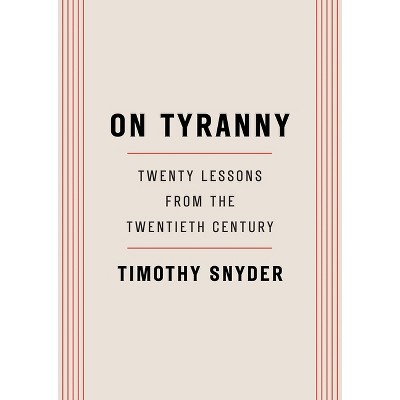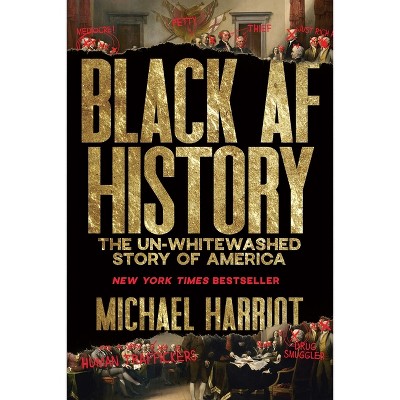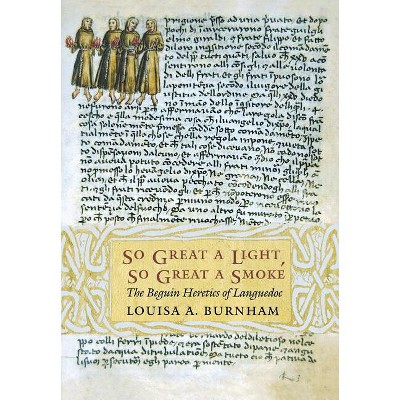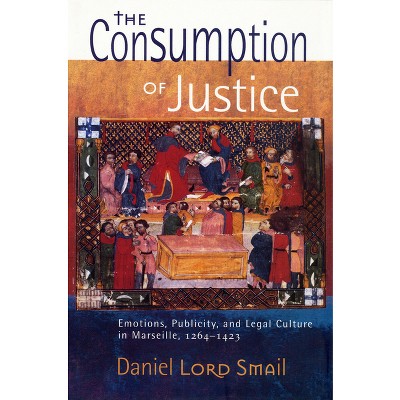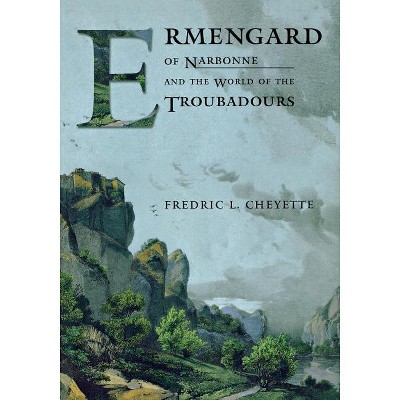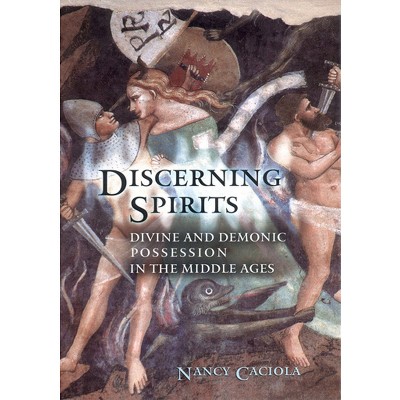The Bishop's Palace - (Conjunctions of Religion and Power in the Medieval Past) by Maureen C Miller (Paperback)

About this item
Highlights
- This lavishly illustrated book looks at the art and architecture of episcopal palaces as expressions of power and ideology.
- About the Author: Maureen C. Miller is Associate Professor of History at the University of California, Berkeley.
- 328 Pages
- History, Europe
- Series Name: Conjunctions of Religion and Power in the Medieval Past
Description
About the Book
This lavishly illustrated book looks at the art and architecture of episcopal palaces as expressions of power and ideology. Tracing the history of the bishop's residence in the urban centers of northern Italy over the Middle Ages, Maureen C. Miller...
Book Synopsis
This lavishly illustrated book looks at the art and architecture of episcopal palaces as expressions of power and ideology. Tracing the history of the bishop's residence in the urban centers of northern Italy over the Middle Ages, Maureen C. Miller asks why this once rudimentary and highly fortified structure called a domus became a complex and elegant "palace" (palatium) by the late twelfth century. Miller argues that the change reflects both the emergence of a distinct clerical culture and the attempts of bishops to maintain authority in public life. She relates both to the Gregorian reform movement, which set new standards for clerical deportment and at the same time undercut episcopal claims to secular power. As bishops lost temporal authority in their cities to emerging communal governments, they compensated architecturally and competed with the communes for visual and spatial dominance in the urban center. This rivalry left indelible marks on the layout and character of Italian cities.Moreover, Miller contends, this struggle for power had highly significant, but mixed, results for western Christianity. On the one hand, as bishops lost direct governing authority in their cities, they devised ways to retain status, influence, and power through cultural practices. This response to loss was highly creative. On the other hand, their loss of secular control led bishops to emphasize their spiritual powers and to use them to obtain temporal ends. The coercive use of spiritual authority contributed to the emergence of a "persecuting society" in the central Middle Ages.
Review Quotes
This handsomely designed book... is the first volume in what promises to be an exciting interdisciplinary series from Cornell... A welcome contribution to many areas of medieval culture that were previously little understood. As a pivotal work that outlines the parameters of a rarely studied building type and its cultural practices, Miller's book offers a step forward and throws the door open on a new range of issues that could be pursued by specialists of various disciplines and methodological stripes.
--Jill Caskey "Journal of the Society of Architectural Historians"About the Author
Maureen C. Miller is Associate Professor of History at the University of California, Berkeley. She is the author of The Formation of a Medieval Church: Ecclesiastical Change in Verona, 950-1150 (winner of the 1993 John Gilmary Shea Prize given by the American Catholic Historical Association), also from Cornell, and Power and the Holy in the Age of the Investiture Conflict.
Shipping details
Return details
Trending History


